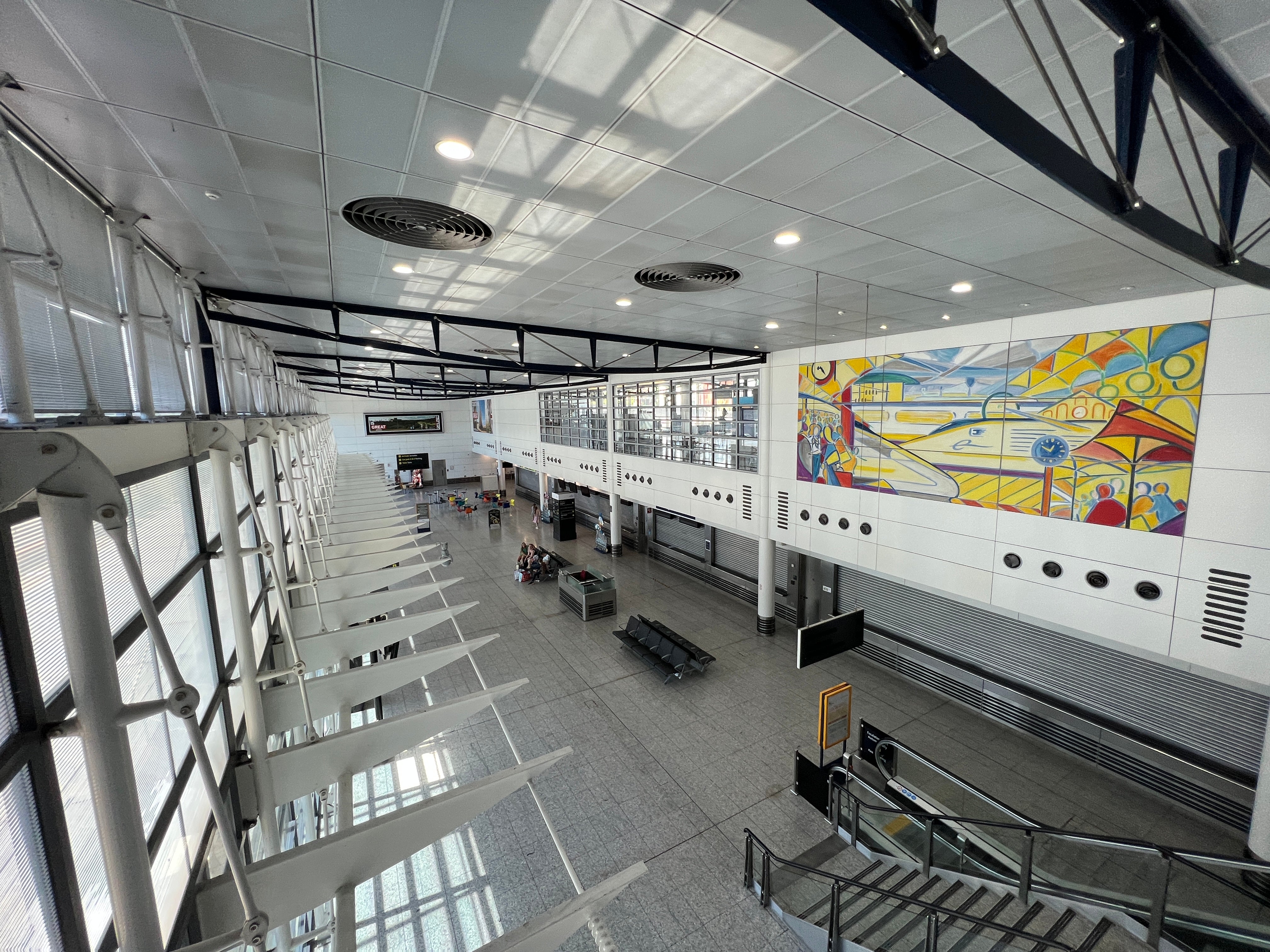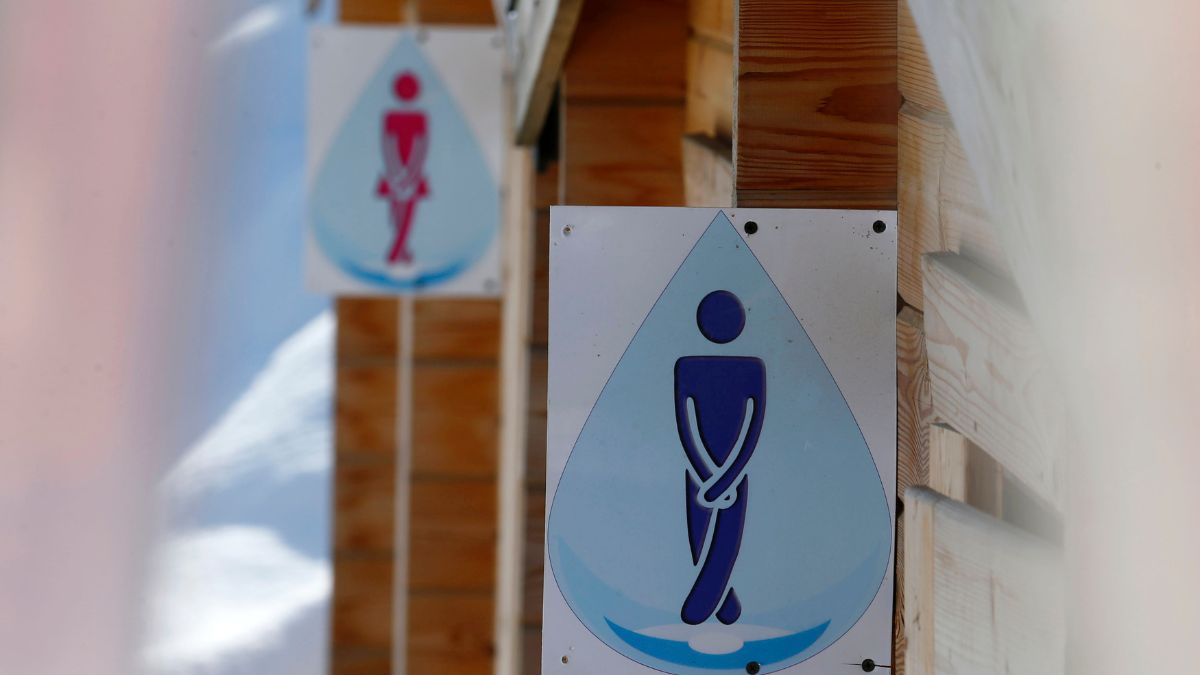Eurostar, which runs trains through the Channel Tunnel from London to Paris, Brussels and Amsterdam, says it will introduce double-decker trains from May 2031.
They will be built by the French manufacturer Alstom and branded Eurostar Celestia. The company has placed firm orders for 30, with options on 20 more. The trains will also operate on Eurostar’s Continental network linking the French, Belgian and Dutch capitals.
Eurostar services will hold 1,080 people, a 20 per cent rise in the current capacity. With the new trains, Eurostar aims to achieve an annual total of 30 million passengers annually across its network. In 2024, it carried 19.5 million people.
Chief executive Gwendoline Cazenave told The Independent: “It’s about flexibility, increasing frequencies and expanding destinations. We’ll add three more daily frequencies to Paris, adding around two million seats, and increase Amsterdam services from four to seven daily.
“We’ll also launch new direct services to Cologne, Frankfurt, and Geneva, with three to four frequencies per day.
“All trains will serve all destinations. We won’t assign specific trains to cross-Channel or continental routes.”
The rail firm’s announcement of a €2bn (£1.74bn) investment comes at a time when other firms are clamouring to compete with Eurostar – which has held a monopoly on routes from London since 1994. In recent years it has dropped a number of stations from its network, including two in Kent, to concentrate on intercity connections.
These are the key questions and answers.
Are double-decker trains unusual?
Double-decker trains are common in continental Europe for both local and high-speed rail services. But apart from a brief experiment in south-east London in the mid-20th century, they have not operated in the UK.
The British rail network has a much smaller “loading gauge” (basically, the height limit for trains) than lines in mainland Europe. But High Speed One (HS1) – the line from London to the Channel Tunnel – and the tunnel itself were designed to continental standards, and double-decker trains are perfectly practical.
What will the new Eurostar journey be like?
“Customers can expect a very special new train with Eurostar Celestia which will offer exceptional comfort, a unique Eurostar experience and new surprises to be revealed,” Ms Casenave said.
“This is a golden age for international sustainable travel – and Eurostar is leading the race.”
Trains will run at the same speed as now – with better views from the top deck and slightly worse views from the lower floor.
How is the market between London and Continental Europe?
Anyone wanting to travel to Paris tomorrow from London has several options. The relative prices demonstrate the dominant market position held by Eurostar.
The FlixBus is £42. You can fly from Gatwick to Paris Orly or Luton to CDG for £110. But the cheapest available Eurostar journey is £219. While fares as low as £39 each way are sometimes available on Eurostar, close to departure the train typically costs twice as much as the plane – a reflection of the strong demand for city centre-to-city centre travel and limited supply.
Increasing capacity should help to reduce fares – especially if competition is allowed. From the traveller perspective, competition can only bring benefits in terms of more affordable tickets and better service
Three companies are bidding to provide competition for Eurostar:
Elsewhere in Europe, particularly Italy and Spain, there is plenty of high-speed competition.
So what’s holding things up?
Both the HS1 line and the Channel Tunnel have plenty of spare capacity. But one unusual constraint on expansion is the lack of space for stabling and maintaining trains. At present Eurostar’s UK services are accommodated at Temple Mills depot in east London, which has limited space.
The Office of Rail and Road is expected to announce imminently that one of the three companies will be given access to Temple Mills. Eurostar has announced an expansion of the depot – stressing that the entire new fleet will be maintained there. The company argues that it is investing heavily in the UK, and needs to be sure of a strong revenue stream to support the project.
Ms Casenave said: “When you invest €2bn (£1.74bn) and upgrade your depot to maintain these new trains at Temple Mills, you’re investing in your industrial ecosystem. Temple Mills is central to that. We currently have 450 skilled staff, and with the new fleet, we’ll add around 350 more roles.”
Could new Channel Tunnel rail destinations open up?
In the past few years Eurostar has ceased running trains from London to Calais, Disneyland Paris, Bourg-St-Maurice, Lyon, Avignon and Marseille, while opening up services to Amsterdam and Rotterdam. It has promised links to Cologne and Frankfurt in Germany, as well as Geneva, starting in the early 2030s.
Earlier this year the tunnel’s French owner, Getlink, and London St Pancras Highspeed, which owns the station in the capital and the tracks to the tunnel, signed a memorandum of understanding to commit to expanding rail connectivity.
Getlink believes there is the potential for services between London and locations such as Bordeaux and Zurich.
Rival Trenitalia has said it could connect London with Milan. But initially any competition will be on the London-Paris route, which is by far the busiest and most lucrative link.
Will Eurostar serve the stations in Kent stations again?
A carrot dangled to the people of Kent in return for having their county carved up by HS1 was the prospect of direct links to the Continent. New stations straddling the line were built at Ebbsfleet in northwest Kent and Ashford International in southeast Kent.

Until 2020 some Eurostar trains from London to Paris and Brussels called at them. Ebbsfleet was handy for the M25, providing good “park and ride” access; Ashford had excellent rail connections from Kent, Surrey and Sussex.
The Kent stations were early fallers in the Covid pandemic, which did severe financial damage to Eurostar. While the cross-Channel passenger rail operator has been thriving for the past couple of years, Ebbsfleet and Ashford have remained mothballed.
In 2019, only one in 25 Eurostar passengers used either Kent station; the remainder arrived or departed from London St Pancras International.
Brexit has made reopening the county’s stations more challenging. Kent voted 59:41 in favour of leaving the European Union. But the decision to leave the EU and become subject to the entry-exit system has sharply increased the complexity and cost of operating the necessary French border for passengers departing for the Continent.
The official line from Eurostar is: “Our Kent stations will remain closed throughout 2025 and will be reviewed in 2026… should there be any changes, we will provide an update.” But chief executive Gwendoline Cazenave quoted in The Times last Friday indicated Ebbsfleet and Ashford are not exactly top of her must-do list.
“We are about city centre to city centre,” she said.
Any chance of competitors resuscitating Kent stations?
Yes. Last week the Italian contender, FS, told The Independent that it plans to serve Ashford en route to Paris if it wins the “beauty contest” for access to Temple Mills and is able to launch trains from London.
Meanwhile Gemini Trains plans to start trains to Paris from Stratford International, not London St Pancras International, and call at Ebbsfleet. The rail firm has the backing of Uber, which may improves its prospects of being selected.
Read more: How to fix Britain’s trains: Expert calls for more railcards, reservations and first-class carriages
)



